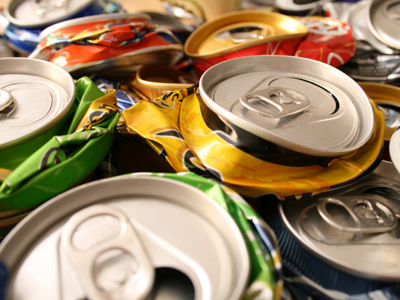
Atomic Structure 2
Students of GCSE Chemistry will be expected to know the atomic structure of certain elements in the Periodic Table. They should know the numbers and arrangement of protons, neutrons and electrons as well as their atomic numbers and their atomic mass. This is the second in our series of three GCSE Chemistry quizzes on atomic structure and it helps to familiarise students with these elements.
Towards the end of the 18th Century, the scientist John Dalton introduced his theory of atoms to the scientific community. He was trying to help science make sense of the world by bringing his ideas of the atom to the centre of scientific theory. His ideas were not new but science was becoming more popular than before and so ideas like this were more likely to be noticed, discussed, modified and accepted more widely than in the past.
Cl 37 - 20 Protons; 17 Neutrons; 17 Electrons
Cl 37 - 17 Protons; 20 Neutrons; 17 Electrons
Cl 37 - 17 Protons; 18 Neutrons; 20 Electrons
Cl 37 - 17 Protons; 20 Neutrons; 20 Electrons
Ready for more?
not all...
quizzers. Try to win a coveted spot on our Hall of Fame Page.







